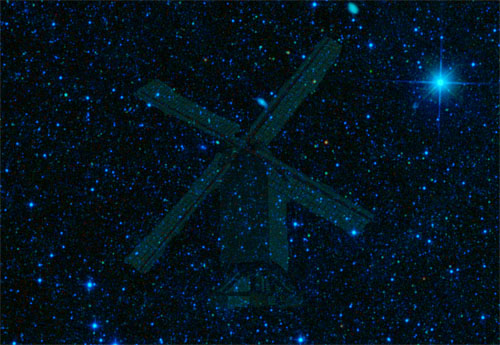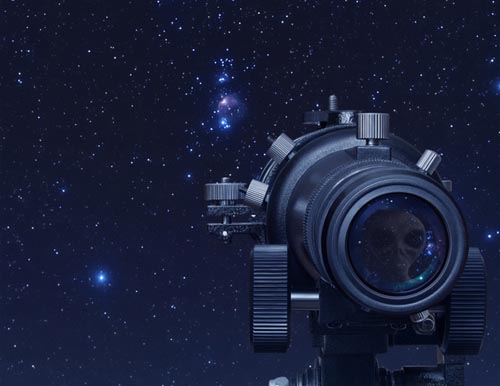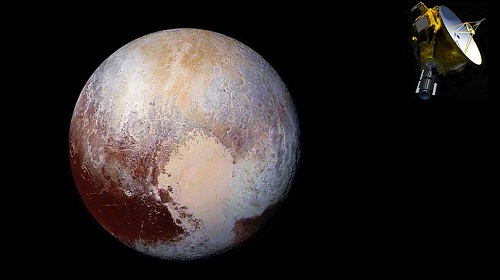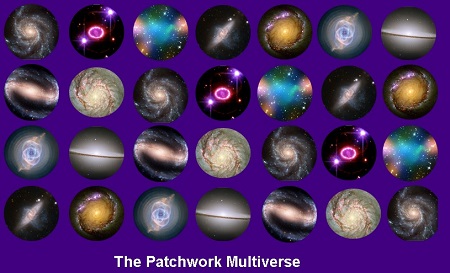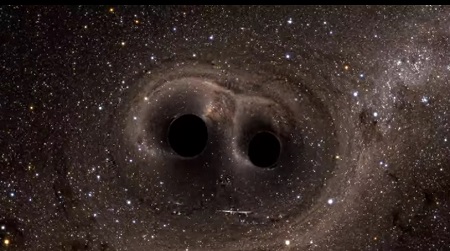
The multiverse – a product of magical thinking.
Many physicists have begun to cloak themselves in what they hope is the protective garment of the theory of the multiverse to protect them from the deluge of evidence that the universe is finely tuned. As I point out in my previous article, that the universe is finely tuned is not a question:
“We have a lot of really, really strange coincidences, and all of these coincidences are such that they make life possible,” [physicist Andrei] Linde says.
Physicists don’t like coincidences. They like even less the notion that life is somehow central to the universe, and yet recent discoveries are forcing them to confront that very idea. …
Call it a fluke, a mystery, a miracle. Or call it the biggest problem in physics. Short of invoking a benevolent creator, many physicists see only one possible explanation: Our universe may be but one of perhaps infinitely many universes in an inconceivably vast multiverse.[1]

